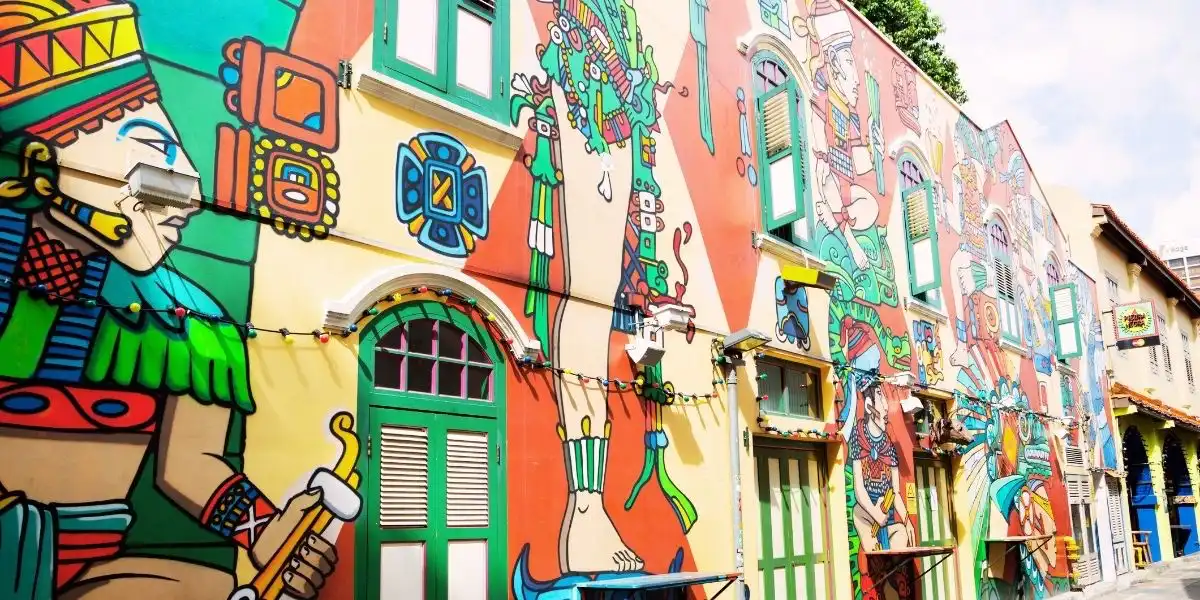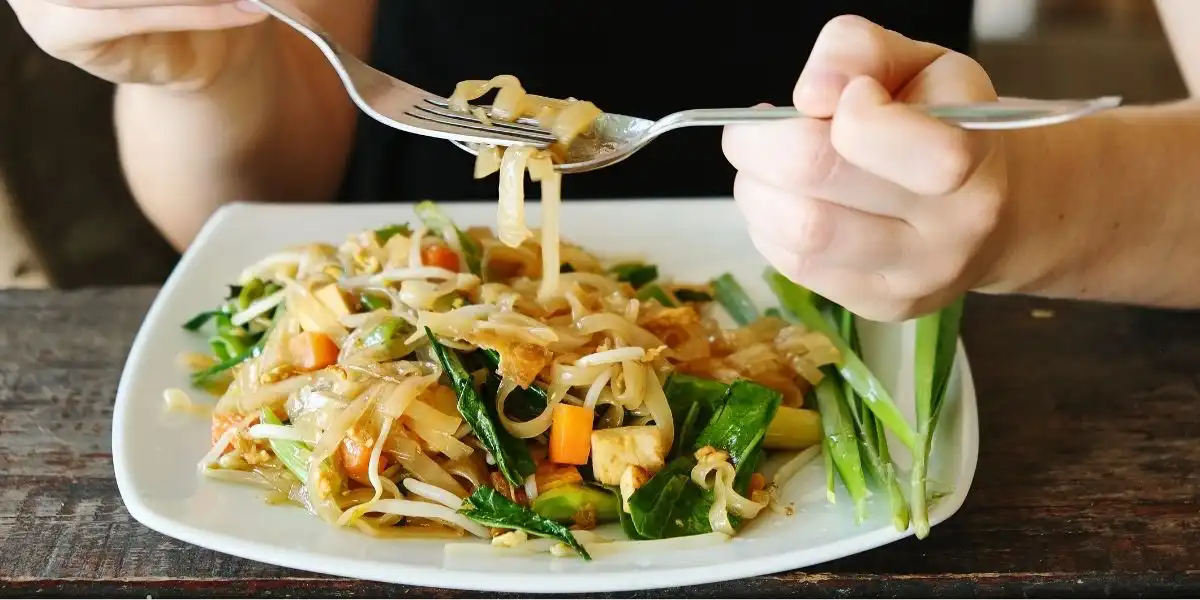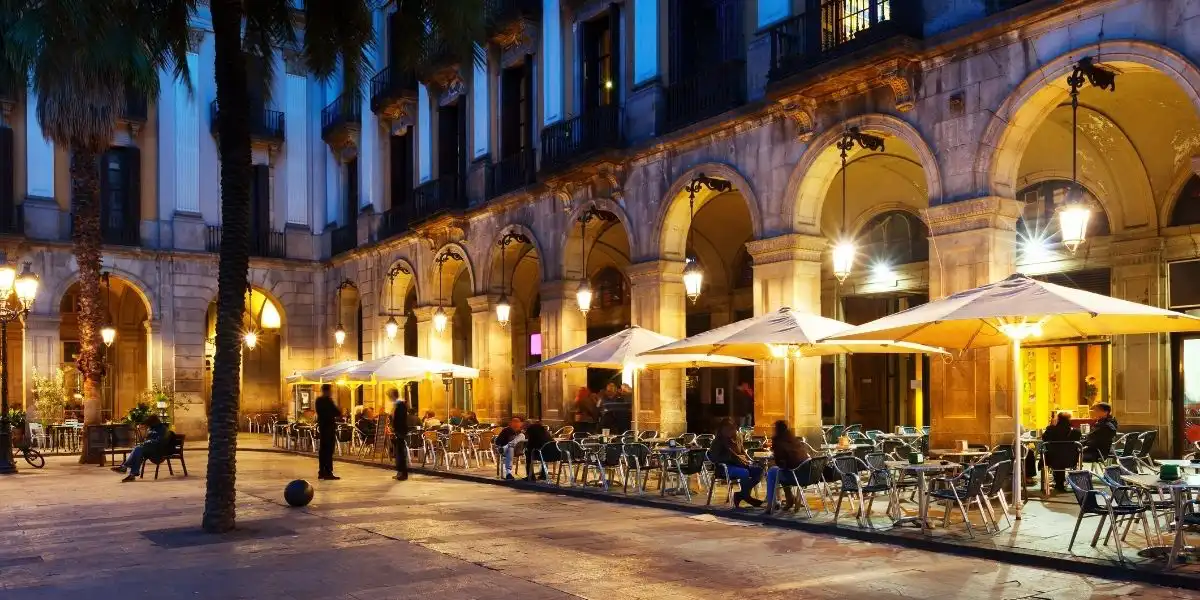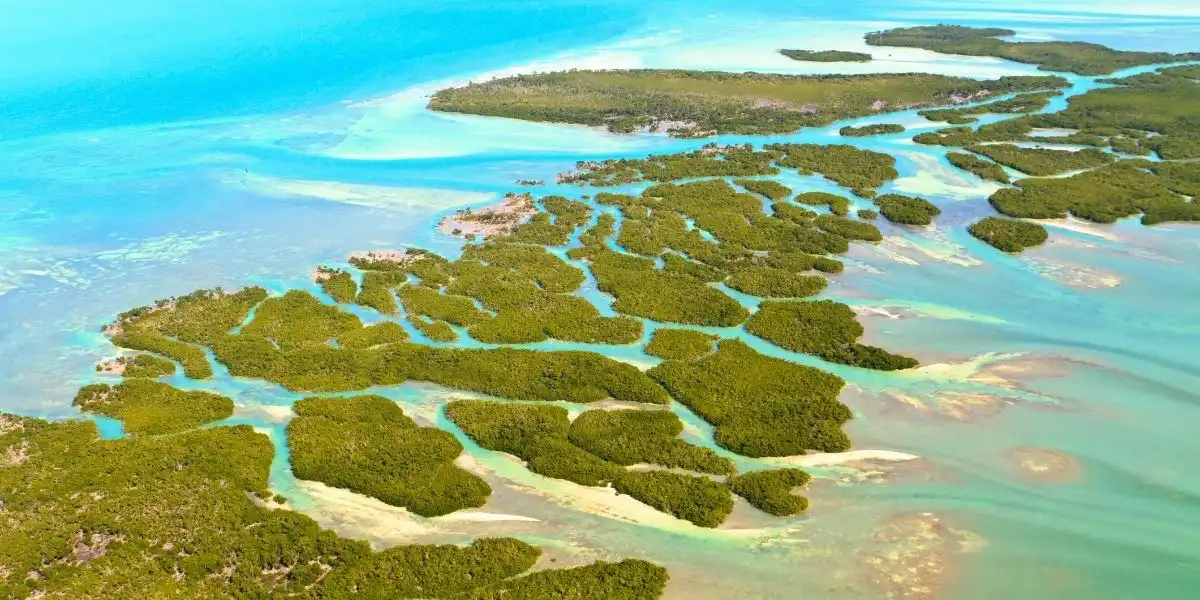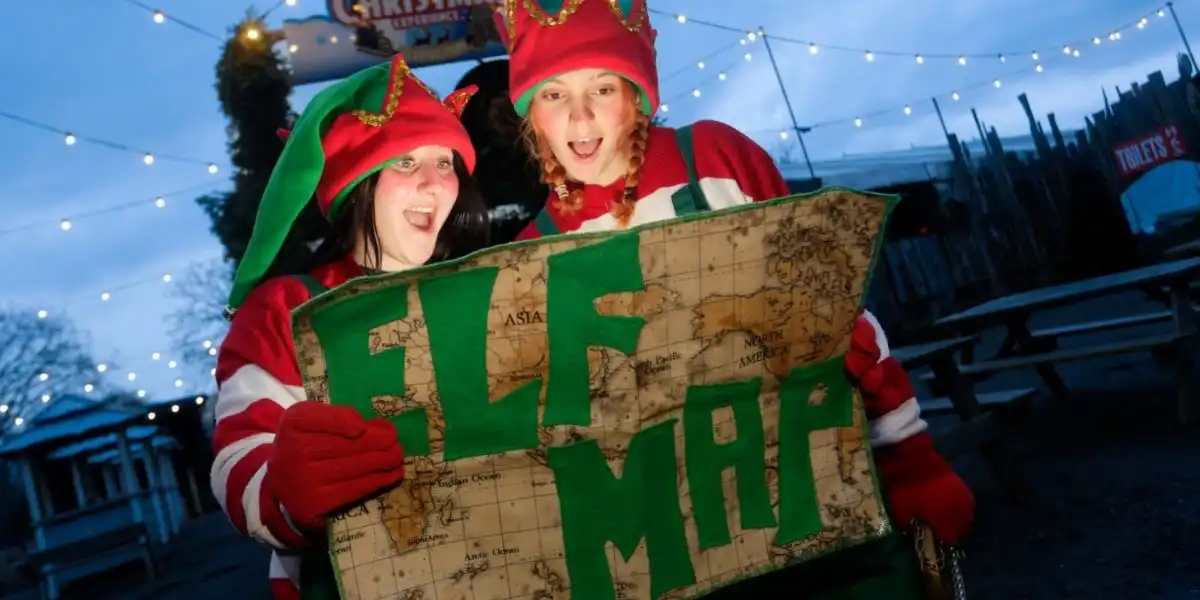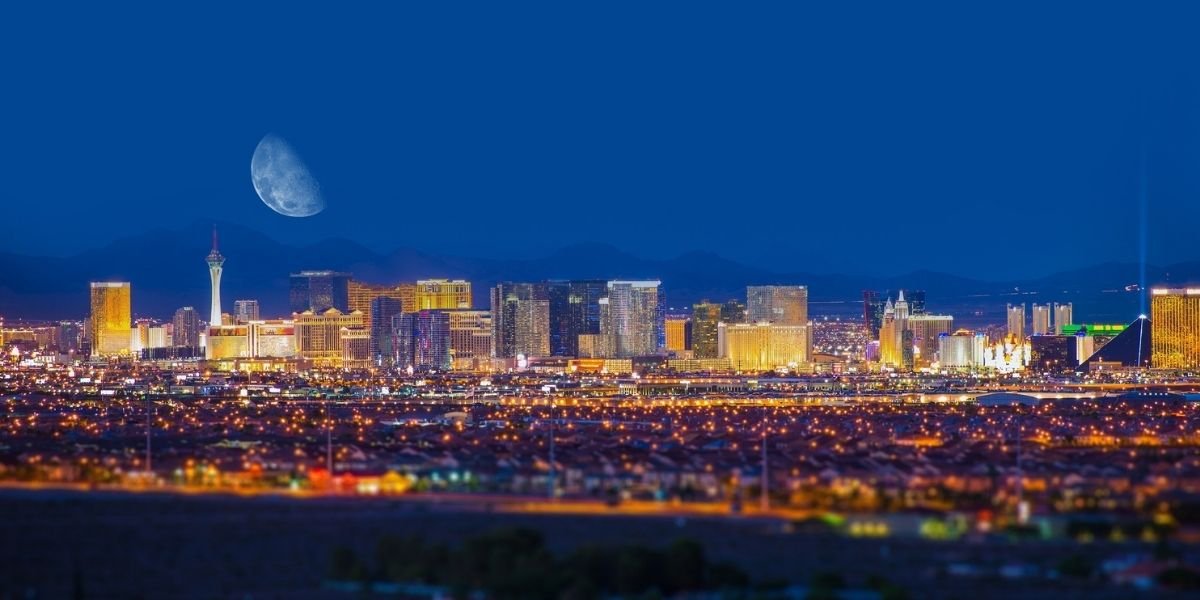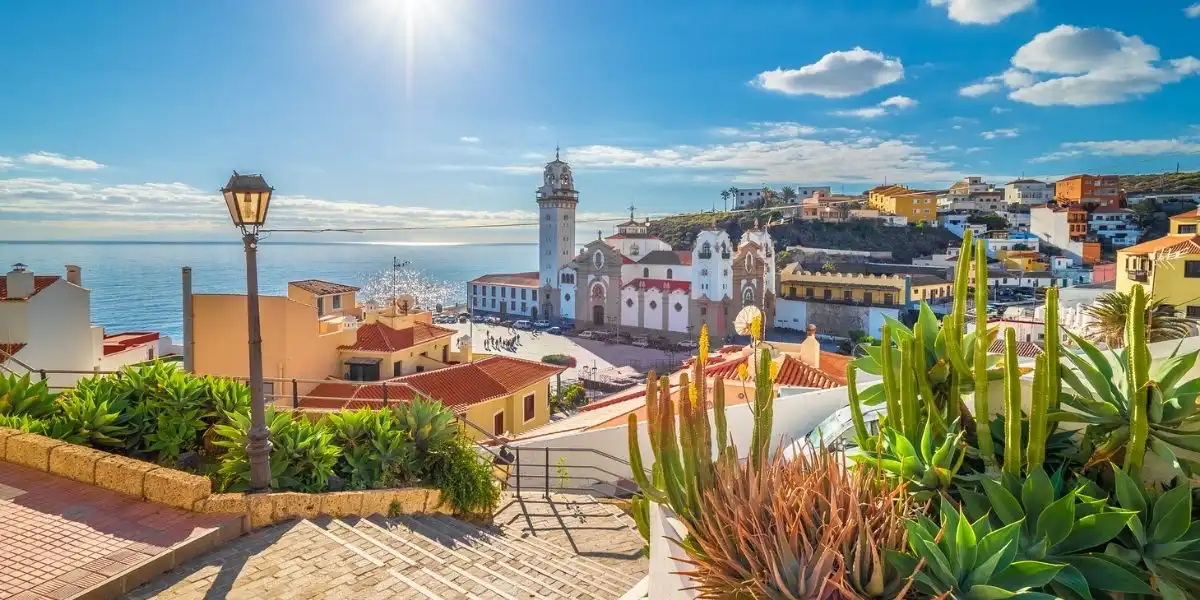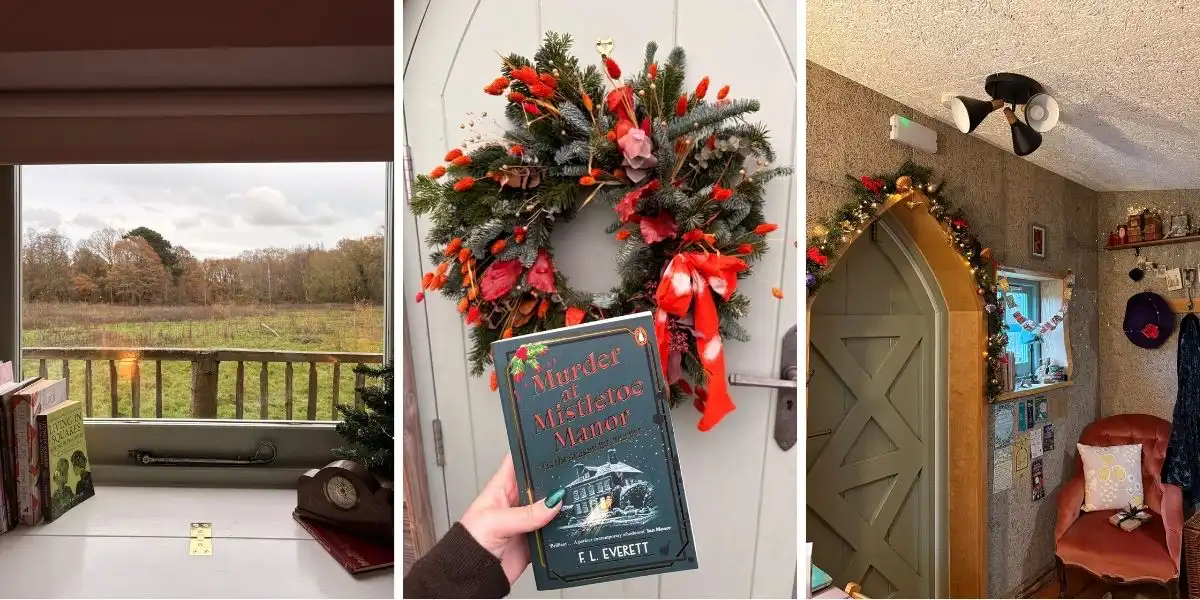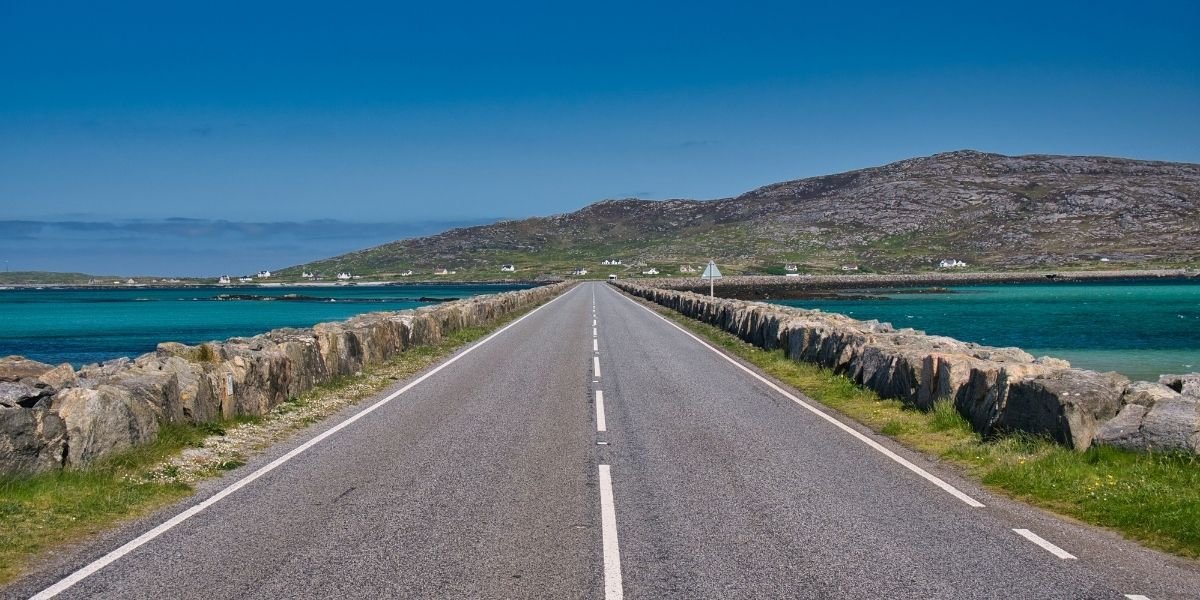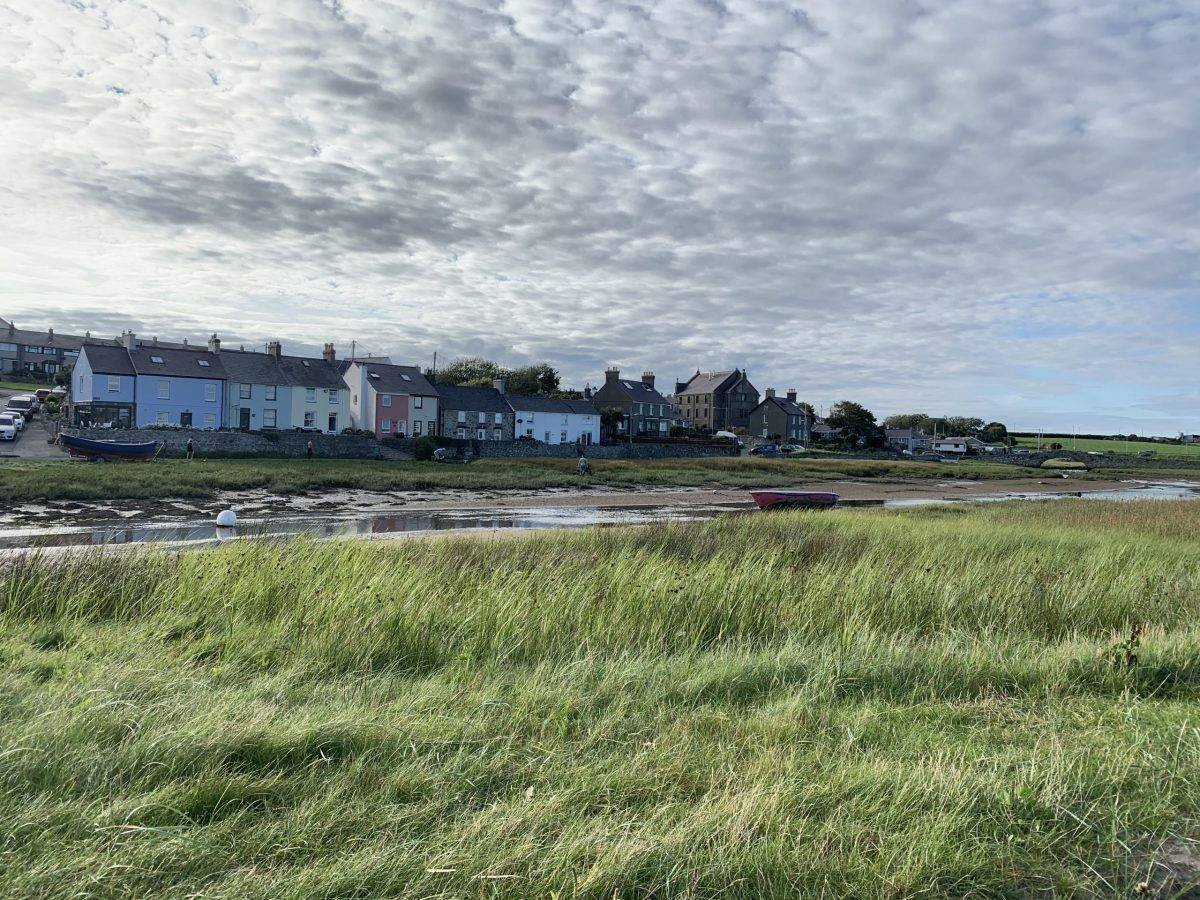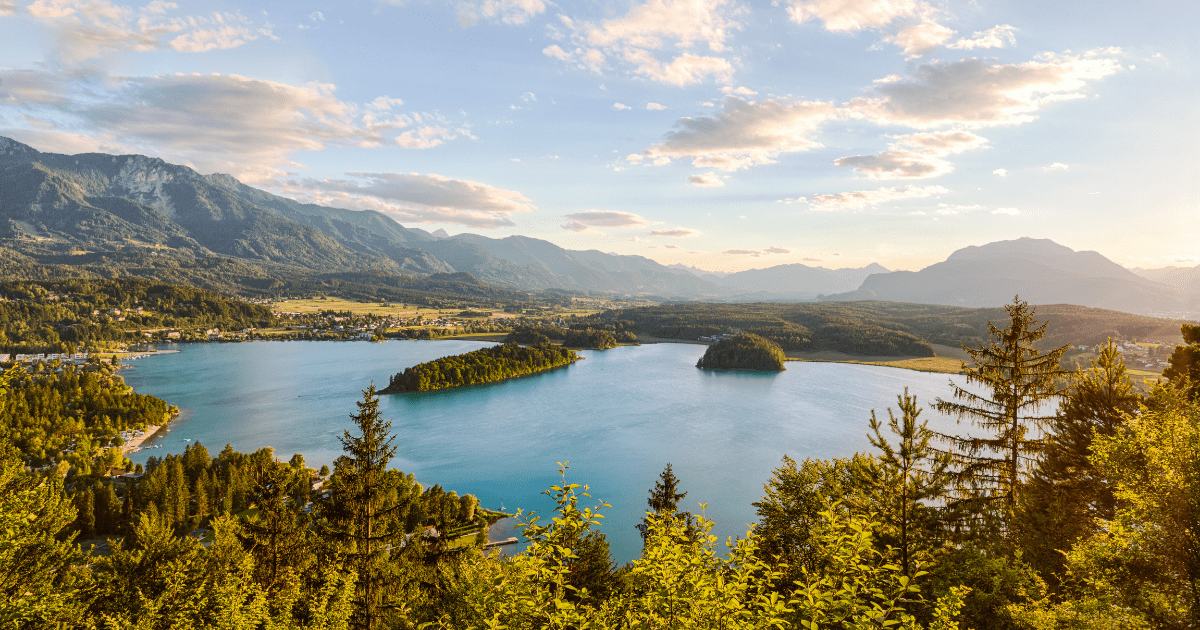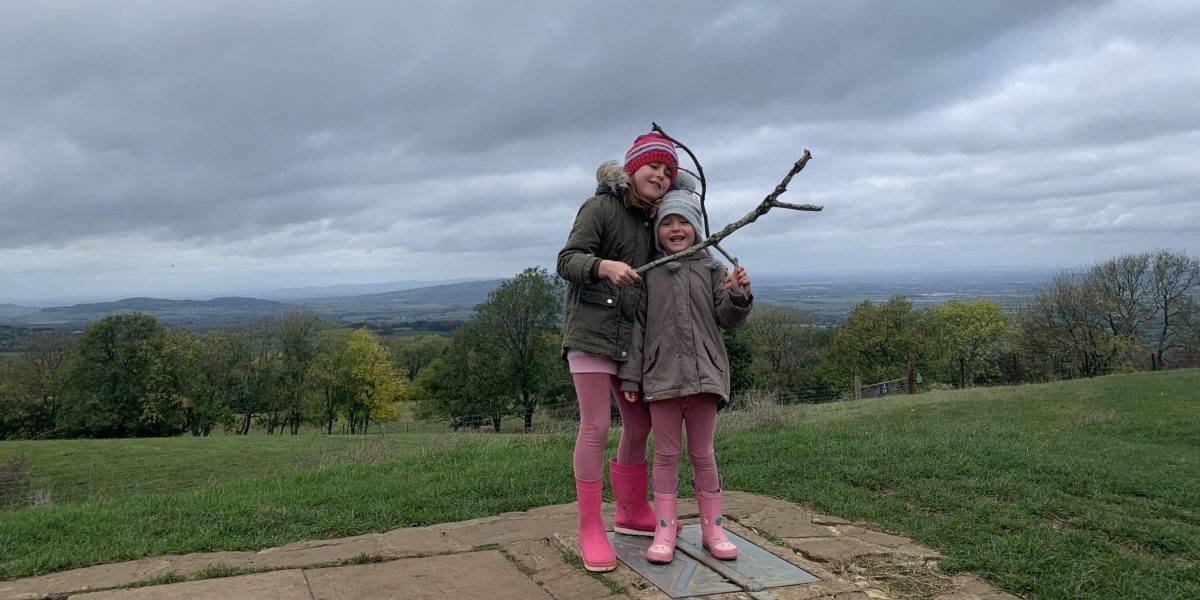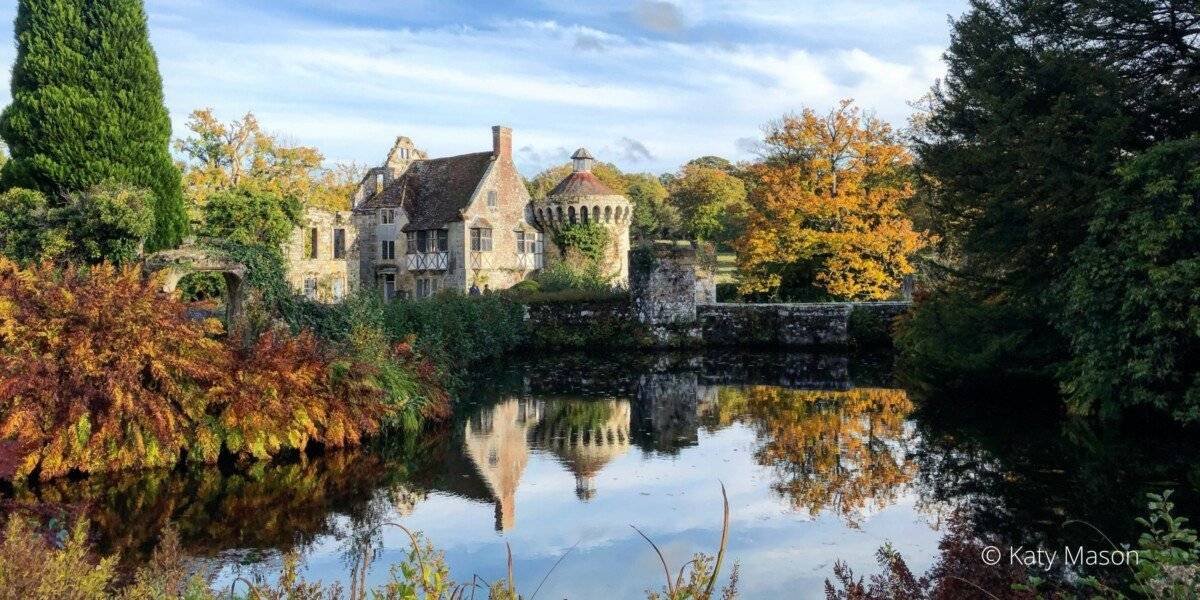SPONSORED | What to do in Gran Canaria – how to spend an entertaining five days on the island

Gran Canaria has long been an obvious choice for sun, sea and sand. As one of the main Canary Islands, with golden sandy beaches and gentle breezes, it’s a safe bet for a brilliant beach holiday.
But there’s so much more to the island than the popular resorts of Playa del Inglés or Puerto Rico on the south of the island. On the island you’ll find everything you’d expect to find across a whole continent – mountains, forests, towns, volcanoes and sand dunes, as well as Europe’s only coffee plantation, 60-plus wineries and the perfect night sky for stargazing.
Follow our five-day itinerary covering what to do in Gran Canaria and you’ll not only bag some brilliant beach time, but you’ll discover a cultural identity that combines European, American and African influences with a diverse landscape. There’s everything from lush green hills covered with pine trees around Tamadaba, to the UNESCO volcanic Roque Nublo and Roque Bentayga stacks of rocks and epic sand dunes on the Atlantic shore at the Maspalomas Special Natural Reserve.
A round drop of an island in the Atlantic Ocean, Gran Canaria is just off the south-western coast of Morocco and has a whopping 120 beaches. With a year-round average temperature of 24º it’s a shoo-in for some decent sunshine at any time of the year.
Unlike some of the Canary Islands, Gran Canaria has plenty of white sandy beaches – as well as a few volcanic sand beaches on the north of the island.
The south of the island is where you’ll find sheltered, shallow golden beaches – rising in the middle of the island, dramatic Caldera de Tejeda (Tejeda crater) with Gran Canaria’s highest point, Pico de las Nieves at 1,949m, provides a natural windbreaker to the north-east trade winds.
Some beaches across the north and west of the island are secluded, and boast excellent fresh seafood restaurants tucked away in little harbours. Some beaches here are also great for surfing, especially La Cicer at Las Canteras beach in Las Palmas de Gran Canaria.
How to get around?
Gran Canaria’s airport is approximately four hours 30 minutes from the UK, and there are direct connections from 17 UK airports.
To properly explore the island it’s best to hire a car, and there are loads of car hire companies at the airport. Four stretches of motorway run from the north to the south of the island along the east coast, and well signposted single carriageway roads crisscross the island, with safety barriers on the bends. Drive on the right, don’t speed or use your mobile at the wheel and you’ll steer clear of any on-the-spot fines.
The great thing about Gran Canaria is its size – nowhere is much more than a 45 minute drive from elsewhere, so while it may seem like there’s a lot to fit into five days, getting around won’t take long.
Gran Canaria may only be around 50km in diameter, but due to the amazing variety of landscapes, from the beaches to the mountains, there’s a lot going on and we’re going to see the best of it.
Aim to land in Gran Canaria late morning and drive 15 minutes up the coastal motorway to the capital, Las Palmas de Gran Canaria, the biggest city in the Canaries.
Check into the Santa Catalina, A Royal Hideaway Hotel by Barceló, a grand dame of a five-star hotel that opened in 1890 and was recently totally renovated. It’s located within the old botanical garden, by the marina, between the Old Quarter and Las Canteras beach. This fine hotel is elegant and welcoming, and has a beautiful pool and spa plus a fantastic rooftop bar.
Wander the cobbled streets of charming Vegueta old town, with its historical buildings that has been standing for five centuries and stop for a healthy lunch and coffee before heading to the 4km golden sand beach of Las Canteras. Stroll along the beautiful promenade and dip your toes in the shallow sea that’s protected by a reef.
Las Palmas de Gran Canaria has several great food markets and Mercado del Puerto, at the northern end of Las Canteras beach, is a firm favourite for grazing your way through tapas and fresh produce in a beautiful wrought-iron building dating from 1891. Don’t miss the local speciality, papas arrugadas - wrinkled small potatoes, typically served with a chilli pepper garlic sauce, known as Mojo.
We’re heading out to discover the north of the island today. Take the motorway east and stop at the pretty little villages of Arucas, with its black-stone church and rum distillery, Firgas, with its quaint pedestrianised centre, and/or Gáldar, with its prehistoric rock paintings, before arriving at Agaete, on the north-west corner of the island.
The harbour and narrow streets of the Puerto de Las Nieves area are lined with restaurants, craft shops and galleries, so there’s plenty of choice for lunch, but the main highlight is Agaete’s natural saltwater pools built into the rocks. Backed with a lush green pine forest, the three pools are a proper hidden treat, and is just one set of totally unexpected volcanic pools on the north of the island of Gran Canaria.
Agaete is also home to Europe’s only coffee plantation, Finca La Laja in the San Pedro valley. With Gran Canaria’s mild climate and fertile lava soils, conditions are ideal for growing coffee beans. The Finca is open daily for tours.
From here, drive up into the mountains and Tejeda region, at the summit of Gran Canaria, where it’s very easy to spend a couple of days in this beautiful part of the island.
Explore Risco Caído, a UNESCO World Heritage Site that covers a large rich, biodiverse landscape full of surreal volcanic ravines and rock formations, as well as some ancient troglodyte settlements, including two sacred temples.
Also spend time walking through the Casa Forestal de Pajonales, admiring the strange towering rock formations at Roque Nublo and Roque Bentayga (walks from 30 minutes to six hours are signposted around the rocks) and investigating the rich archaeological heritage around Tejeda. If you can squeeze it in, head into the Tamadaba National Park, the island’s oldest and biggest forest with incredible views over the cliffs towards the Atlantic.
We recommend staying at the Parador de Cruz de Tejeda, a hotel located at 1,500m above sea level, with a spa and swimming pool that’s set on a hillside with far-reaching views over the pine woods to the ocean. Double rooms start from a very reasonable €105 a night and this privileged spot in the centre of the island is just the place for some spectacular stargazing.
Before leaving the Tejeda region, it’s also worth visiting the Abraham Cárdenes Sculpture Museum, an influential sculptor from Gran Canaria whose work reflects his homeland.
It’s now time to chill out in beach-front luxury in the south of the island. Head to the southern point for the Maspalomas and Meloneras resorts. Found by the huge sand dunes and with a beautiful 2km-long oceanfront promenade of bars, restaurants, boutiques, there’s a great selection of stylish luxury hotels. Or the sheltered Playa de Amadores is along the southwestern coast, with fantastic hotels offering direct ocean views from the clifftop, and a lift down to the promenade and beach.
For somewhere less obvious, Playa de Güigüí, on the western coast, can only be reached by boat or a two to three hour hike from Tasartico.
While on the south of the island, don’t miss eating at La Aquarela in Patalavaca, one of the island’s three Michelin-starred restaurants, and visit the picturesque fishing village and beach of Puerto Mogán, known locally as Little Venice. Our accommodation pick here is the Hotel Cordial Mogán Playa, which is set among its own botanic garden with over 450 different plant species. It’s a beautiful spot for a relaxed stay in the sun.
When you’ve had your fill of what to do in Gran Canaria and are ready to tear yourself away, it’s approximately a 30 minutes drive to the airport from the south of the island.
Visit the Gran Canaria Tourist Board website














